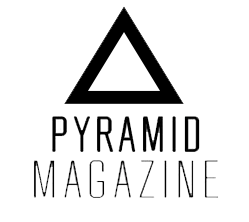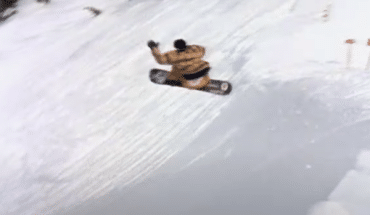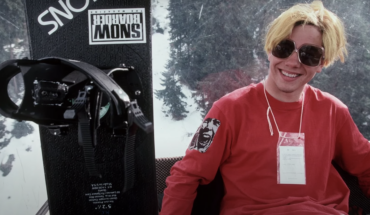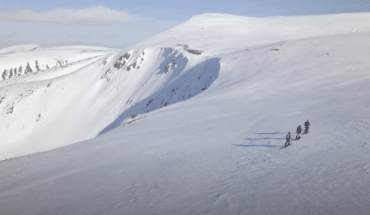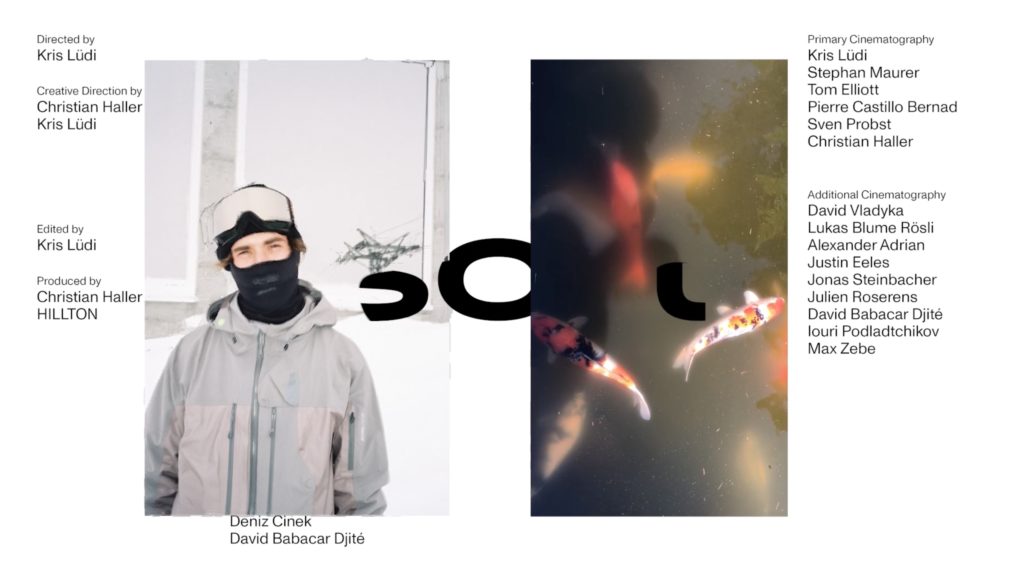
soft.
sense of feeling things.
Christian Haller and Kris Ludi’s films are different to most snowboard films. As opposed to simply showing us all the cool things that they can do on a snowboard, their films are a two-way exchange. They invite the viewer into a dialogue. They want to tell us something, to show us something. Essentially, these guys are conceptual artists.
Maybe you think I’m talking a load of shit. Maybe the two-minute method wasn’t for you. That’s fine, snowboarding is objective, and you can like whatever you like. From my perspective at least, ‘soft’ is a very pure and evocative representation of many of the simplest aspects of snowboarding – with a curveball or two thrown in there for good measure.
Taking the time to learn a bit more about something – such as a photo book, art exhibition or film – usually deepens my appreciation and enjoyment of what I’m looking at. Hopefully the interview below with Hitsch and Ludi will shine some light on the fact that each aspect of the film is highly, highly considered, and will help you enjoy ‘soft’ even more than you already do.
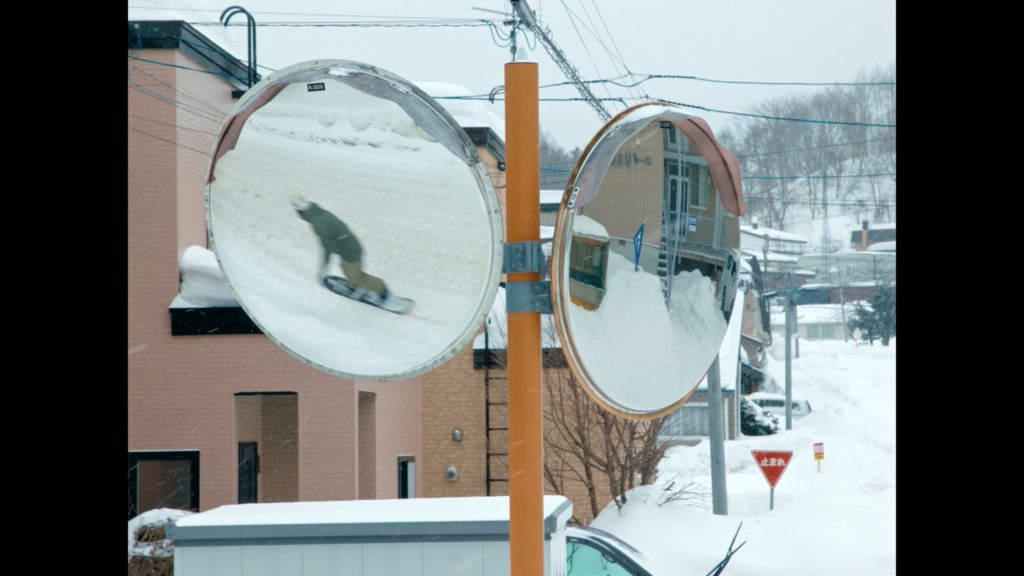
Was there something different that you wanted to achieve with ‘soft’ in comparison with GLUE?
H – In general the message was supposed to be similar: We wanted to create another timeless visual that should stir up emotions or simply suck you in and give you the feeling that you are riding for yourself. The more tricky part was how to showcase it in a progressive way. So I’d rather say it’s an extension of what we’ve done so far. Of course there are always some similar aspects, but in the big picture I feel like ’soft’ is way more “extreme” than what we’ve done before. Of course I’m not referring to the action by that, but rather how the parts are built up, the composition of the shots, music selection, overall presentation. We went for some bold yet simple moves and so far it’s been paying off, which of course is really exciting.
K: Yes and No. Both films are built up conceptually, but where GLUE has the ultimate goal to bring a close perspective to snowboarding as whole, soft tries to capture different feelings in each segment. I guess essentially we are trying to show that the most effective way to give somebody an understanding of something is by the simplest form of perception: feeling.
How much filming time went into this one? Were you mostly working with the same small crew as GLUE?
H – We almost filmed for two seasons. As GLUE was released in November 16’ we needed a bit of time to re-saddle and think about what we were going to do. So filming started in Feb 17’. The main crew stayed the same – Kris and I would brainstorm together, Stephan Maurer helped out with some filming. We had some new/old filmers such as Tom Elliott who came to Japan with us. But there were also some new faces as Kris and Stephan were not always available. For post production we had quite a lot of friends helping us out. As Kris is part owner of Hillton.ch we had some really nice connections through that. In general I’d still say that the crew is quite small, we’re all friends and they’re very passionate about their work. I’m really lucky to get this support from them.
K We shot the film throughout the last two winters. However, we spent more time creating ideas, testing, preparing, and waiting than actually filming.
We were working with the same group of talented people, yes. Although I wouldn’t call it small anymore, there are a lot of people involved! Thanks to all their relentless efforts, we could eventually bring together these two films.
Did you have most things planned out before you started shooting, or did you allow yourself a bit of spontaneity through the winter?
H Yes and no, some parts are totally planned out, others aren’t. In order to create this entire piece it is necessary to plan certain things a bit ahead otherwise it’s just not doable.
K We had planned out pretty much every single segment except for the classic action part. Nonetheless, every planned out shoot has things that don’t work out and others that just come by pure coincidence and can’t be planned. That’s what’s so challenging, unnerving but also satisfying when shooting in a natural environment.
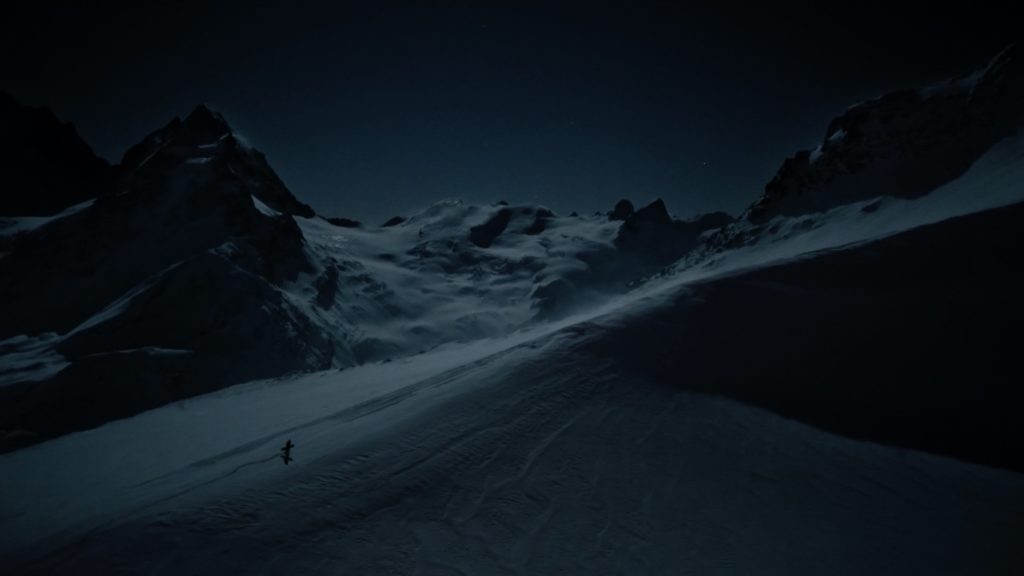
How was it filming in the dark? How long did that take to organise and for the weather to line up?
H This one was filmed on Corvatsch in the Engadin Valley where I grew up. We waited the whole winter for that one clear full-moon night. The night we shot it on was the last slot possible, pure luck. Without that segment the film would have sucked. I’m not saying it’s the most important part, but it is a key segment for the entire piece. It influences the other sections so the viewer is able to differentiate between them.
It was a very special night since the scenery is insane up there. We shot it towards Piz Bernina where you don’t have any artificial light influences. I was amazed at how bright it was, I could easily ride with full-mirrored lenses. The shoot was real quick because you have to wait until the moon really peaks up in the sky. So we only had a few hours to get the whole thing done.
K From the first idea to the actual shoot it took as a good 4 months of testing equipment, sorting out moon phases and waiting for the right conditions to line up. On the very last full moon window of the season, the weather finally cleared up and we wrapped the whole thing within one night.
What was the motivation for that section?
H I’m actually not quite sure, I’d say full moon things haven’t been done in a while and it just seemed like a good solution to give it this very precise vibe. To me the location was really fitting and then it was sort of a no brainer to do it. Also we’ve always had these night parts in GLUE and a previous video and I always really liked them. They are visually dark but in a way feel much cosier than daylight.
K The idea for the full moon shoot was to capture that really calm and at the same time intimidating vibe you get from nature at night, especially in the mountains. Nature can be so overwhelming, putting things into perspective, letting you know that you are nothing. We also thought that on the visual side, the shadows gain a lot more attention. The colour spectrum is really close together, and we figured that no one had created a piece with 100% full moon light either.
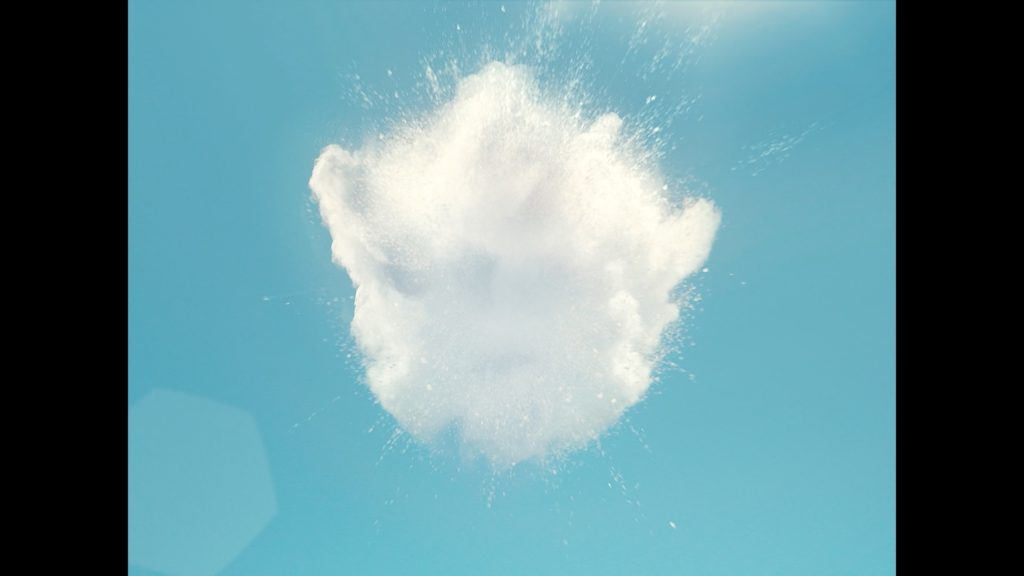
What was that repeated snow explosion thing?
H This sort of happened spontaneously. We had this crazy blower day up at Hoch Ybrig and decided to give it its own section… in between the shots something needed to happen, and our friend Ivan stitched this animation of our snow explosions together. It should refer to the fact that this part is not really about snowboarding for me, it’s more of how the snow gets degraded. The snow has its own movement. It’s not about the turn; it’s about the snow.
K We wanted to push the attention of the viewer more towards the actual snow than the action. We were always so fascinated by the movements of perfect blower pow that we wanted to make the subject an object.
Which camera did you use to shoot the two-minute method? Did you plan to only use the one shot, or was it one of those things that just kinda happens while cutting and you end up loving? And what were people’s reactions to it?
H This one was planned exactly like it is. We somehow pulled it off to rent a Phantom Miro and our friend Pierre happened to have an operator license for it. So we went to Saas Fee for this beautiful glacier backdrop, it was my second day riding after the summer break and Pierre actually hadn’t worked with that camera for a while. I think I did about 5-8 Methods and that was it, they closed the pipe really early. We wanted to go back up the next day but the glacier was closed. Classic. At the end I wouldn’t want the shot to be any different.
I think people liked it, I haven’t really asked around. What is more interesting to ask a person is how long they think that part was. After our premiere in Zurich that question went around and people guessed around 20-40 secs. That is the biggest compliment one can get. Gluing people to one shot for 2 entire minutes, without swiping.
K Hitsch always had a lot of attention on his Method; it became a part of his profile as a professional snowboarder. Therefore I thought of it as the essence of his riding and wanted to stylise it in a way where people have to endure the whole thing and not only get the picture perfect boned-out snapshot. I guess people liked it but even if not, that is cool, because I always thought of it as a “caesura”.
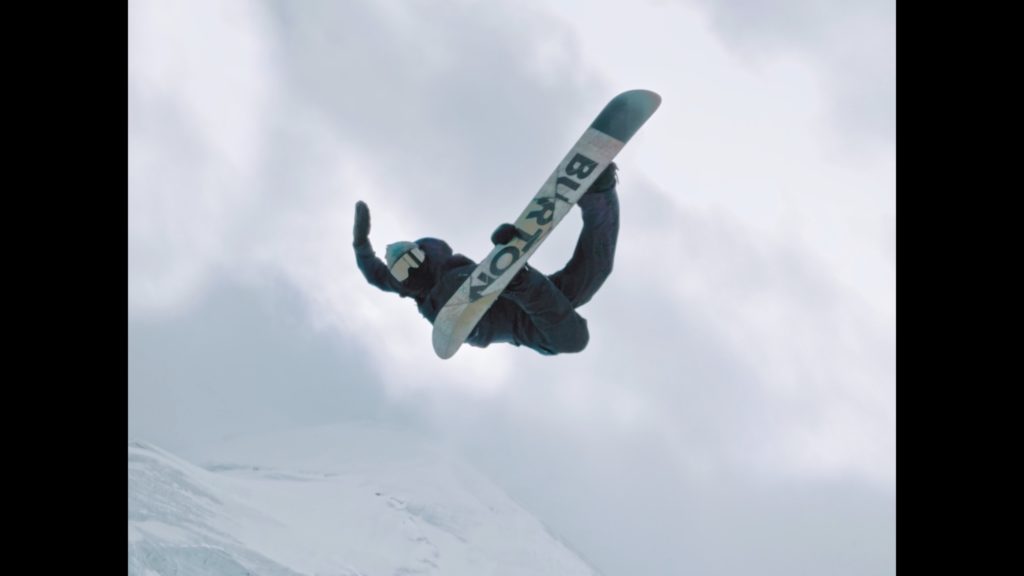
The whole film is beautiful. Do you have a favourite single shot?
H For me the short is not about a certain shot, I also don’t really “think” in single shots during the season. For me it’s an entire piece that needs to work. Each part brings its value, including the intro & outro. I always think about it as a whole and we’re paying really close attention to small details, for example what happens “in between” the parts is a huge thought process.
K Uff, that’s a hard one. I wouldn’t know, honestly. But that’s probably so fitting to the project as a whole. There’s not really that perfect performance, rather than a lot of different, subtle things that come together nicely.
And on that subtle note, we’ll wrap things up.
You can watch Soft here.
Words by Theo Acworth
